-
PDF
- Split View
-
Views
-
Cite
Cite
Content Snapshots, Annals of Botany, Volume 124, Issue 7, 27 November 2019, Pages i–ii, https://doi.org/10.1093/aob/mcz188
Close - Share Icon Share
Early emergence and investment in spines in saplings

Annals of Botany 124: 1133–1142, 2019
doi: 10.1093/aob/mcz152
Spines protect plants against herbivory by large mammals. In a phylogenetically diverse, multi-species study, Armani et al. examined variability in spine emergence across saplings grown under common-garden conditions, and show how this variability is linked to differences in spine type (leaf spine, stipular spine, prickles and thorn), and the environment from which species originate. Patterns of spine emergence and biomass allocation to spines at 5 and 15 weeks after transplanting were characterised. Sapling investment in spines changed with plant mass, and pine type and species’ resource niche were the main factors driving early emergence and investment patterns; spines emerged earliest in leaf spine-bearing species, and latest in thorn-bearing species. The authors propose that both developmental constraints (the sequence in which plant organs are produced) and resource limitations (light and precipitation) shape the early expression of physical defence in woody plants.
Authors: Mohammed Armani, Tristan Charles-Dominique, Kasey E. Barton, and Kyle W. Tomlinson
For a Commentary on this article see this issue, pp.iii-iv
Modelling leaf development and growth in hardneck garlic
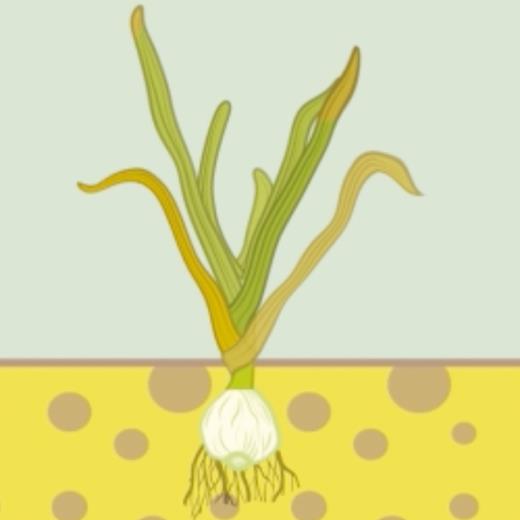
Annals of Botany 124: 1143–1160, 2019
doi: 10.1093/aob/mcz060
Hsiao et al. have developed a process-based crop model that simulates the phenology, morphology and physiology of hardneck garlic (Allium sativum, Amaryllidaceae) throughout the growing season. Nonlinear temperature dependences of leaf development were integrated into the model, revealing crop growth patterns under a range of planting dates and environmental conditions. The process-oriented nature of the model and inclusion of storage effects sets the foundation for bulbous crop growth simulations, and reveals the key processes that coordinate the dynamics of growth and development, from organ to whole-plant level. The study has implications for crop management and improvement programs for garlic, one of the oldest cultivated crops in human agricultural history, in a changing climate, while providing opportunities for modelling other bulbous crops.
Authors: Jennifer Hsiao, Kyungdahm Yun, Kyung Hwan Moon and Soo-Hyung Kim
Contrasting evolutionary strategies among Aleppo pine populations
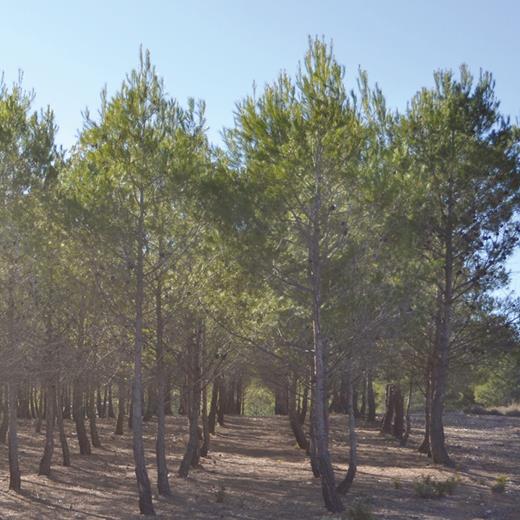
Annals of Botany 124: 1161–1171, 2019
doi: 10.1093/aob/mcz088
Different selective pressures across the range of forest species have resulted in contrasting evolutionary strategies among tree populations. Santini et al. study rooting patterns, transpiration, photosynthetic efficiency, growth, reproduction and reserve accumulation in 800 adult individuals of Aleppo pine (Pinus halepensis, Pinaceae) belonging to 52 range-wide populations growing in a common garden. Populations originating from arid and fire-prone areas showed reduced transpiration and deeper roots, together with a life strategy based on lower growth rates, faster reproduction and a higher reserve accumulation. Populations from humid and ecologically stable areas showed enhanced transpiration, faster growth, a reduced reproductive effort and a lower reserve accumulation. The population differentiation in these traits was tested through ANOVA statistical models. These results indicate divergent evolutionary strategies in Aleppo pine populations, related to the different degrees of aridity and fire occurrence faced by this species across its geographical range.
Authors: Filippo Santini, José M. Climent, and Jordi Voltas
Dehydration threshold range and embolism resistance in petioles and leaflets of palms
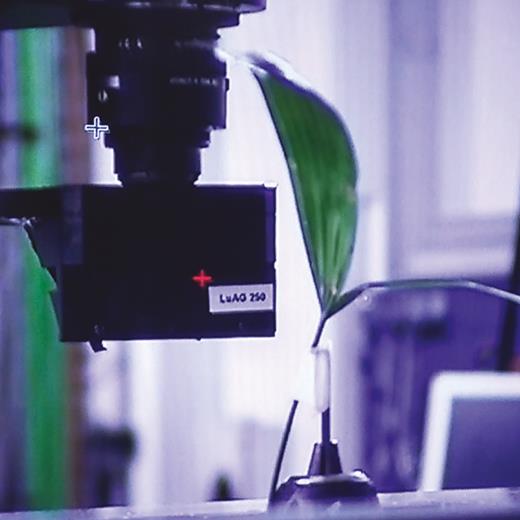
Annals of Botany 124: 1173–1183, 2019
doi: 10.1093/aob/mcz104
Most hydraulic studies have been in conifers and dicotyledonous angiosperms. Palms (Areacaceae) are perennial long-lived plants, lacking dormancy mechanisms when exposed to unfavourable environmental conditions. Emilio et al. assess xylem resistance to drought-induced embolism in palms and identify the lethal threshold of dehydration. They find a three-fold range of embolism resistance between palm species differing in habitat and phylogenetic relatedness, as large as that in angiosperms. Embolism formation and spread was observed using a combination of X-ray-based micro-computed tomography and the optical vulnerability method, providing insights as to how high embolism resistance can endure in long-lived arborescent monocots.
Authors: Thaise Emilio, Laurent J. Lamarque, José M. Torres-Ruiz, Andrew King, Guillaume Charrier, Régis Burlett, Maria Conejero, Paula J. Rudall, William J. Baker and Sylvain Delzon
The NF-Y transcription factor complex regulates plant defence in cassava
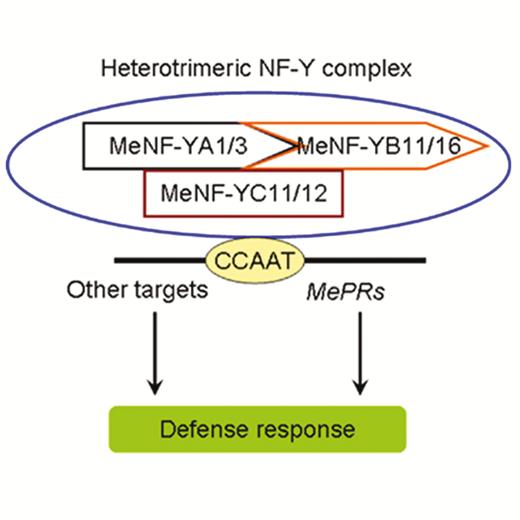
Annals of Botany 124: 1185–1197, 2019
doi: 10.1093/aob/mcz115
The nuclear factor Y (NF-Y) transcription factor complex is important in plant growth, development and stress response. Information regarding this transcription factor complex is limited in cassava (Manihot esculenta). In this study, He et al. examine gene expression in MeNF-Ys during interaction with the bacterial pathogen Xanthomonas axonopodis pv. manihotis (Xam). 15 MeNF-YAs, 21 MeNF-YBs and 15 MeNF-YCs were comprehensively characterised during plant defence, and form the heterotrimeric NF-Y transcription factor complex, potentially binding to CCAAT motifs in the promoter regions of multiple down-stream genes including MePRs.
Authors: Xinyi He, Guoyin Liu, Bing Li, Yanwei Xie, Yunxie Wei, Sang Shang, Libo Tian, and Haitao Shi
Rice breeding for long-term stagnant flooding tolerance

Annals of Botany 124: 1199–1209, 2019
doi: 10.1093/aob/mcz118
Rice ecosystems in coastal areas are affected by annual flooding: short-term, complete submergence (flash floods) or long-term partial submergence (stagnant flooding). Terrestrial plants respond to flooding stress either with quiescence strategies or through accelerated shoot elongation. Kato et al. unravel the mechanisms for stagnant flooding tolerance of rice genotypes carrying SUB1, a quantitative trait locus for submergence tolerance. A few high-yielding Sub1 genotypes were identified that tolerated stagnant flooding better than a reference genotype that lacked SUB1; these genotypes had intermediate stature with more shoot elongation in response to rising water than a moderately tolerant Sub1 reference variety, resulting in greater canopy expansion and higher yield. These results support genetic improvement of Sub1 varieties for stagnant flooding tolerance in rice breeding programs.
Authors: Yoichiro Kato, Bertrand C.Y. Collard, Endang M. Septiningsih, and
Abdelbagi M. Ismail.
Symbiosis at its limits; ecophysiological consequences of lichenisation in Antarctica
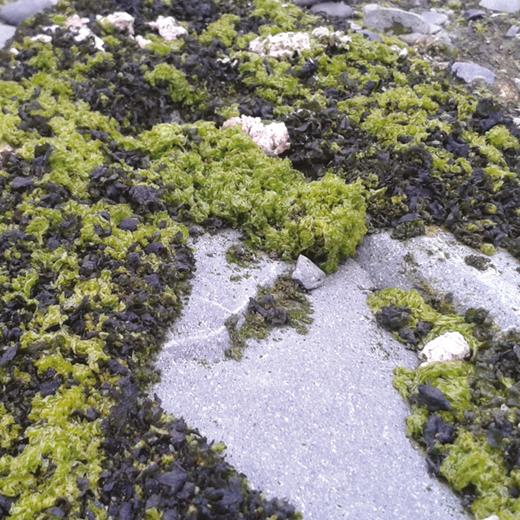
Annals of Botany 124: 1211–1226, 2019
doi: 10.1093/aob/mcz149
Lichens are symbiotic organisms resulting from the association of one fungal and (at least) one photosynthetic partner (alga or cyanobacterium). This study evaluates the symbiotic interaction between the lichen-forming fungus Mastodia tessellata and the macroalga Prasiola, which can live associated in a lichenised or free-living form in Antarctica. Photochemical responses to irradiance, desiccation, and freezing temperature and pressure-volume curves of co-existing free-living and lichenised Prasiola thalli were measured in situ. Fernández-Marín et al. identified an improved tolerance to freezing as the main benefit and a decreased net photosynthesis as the main disadvantage of the lichenisation for Prasiola. The spread of the free-living Prasiola, to the detriment of the lichen form, would be likely to ensue in a warmer climate scenario.
Authors: Beatriz Fernández-Marín, Marina López-Pozo, Alicia V. Perera-Castro, Miren Irati Arzac, Ana Saenz-Ceniceros, Claudia Colesie, Asunción de los Ríos, Leo G. Sancho, Ana Pintado, José M. Laza, Sergio Pérez-Ortega, and José I. García-Plazaola
Purino-calcium signalling and extracellular ATP in mediating stress responses in Arabidopsis (Research in Context)

Annals of Botany 124: 1227–1242, 2019
doi: 10.1093/aob/mcz135
Extracellular ATP governs a range of plant functions, including cell viability, adaptation and cross-kingdom interactions. The first plant purino-receptor (DORN1/P2K1) has been identified in Arabidopsis (Arabidopsis thaliana, Brassicaceae), and is abundant at the root cell plasma membrane. DORN1 commands an increase in cytosolic free calcium, acting as a second messenger in signalling by extracellular ATP. Matthus et al. employ genetically-encoded cytosolic calcium reporters to show that DORN1 is required for the root’s calcium increase in response to extracellular ATP. DORN1 could underpin several calcium-related responses. The root has the capacity for a calcium wave, triggered by extracellular ATP at the apex. The authors propose that the ‘wave’ of calcium increase travelling from the apex upwards could signal to the leaves as part of extracellular ATP’s role in mediating wound or stress responses.
Authors: Elsa Matthus, Jian Sun, Limin Wang, Madhura G. Bhat, Amirah B. Mohammad-Sidik, Katie A. Wilkins, Nathalie Leblanc-Fournier, Valérie Legué, Bruno Moulia, Gary Stacey, and Julia M. Davies



